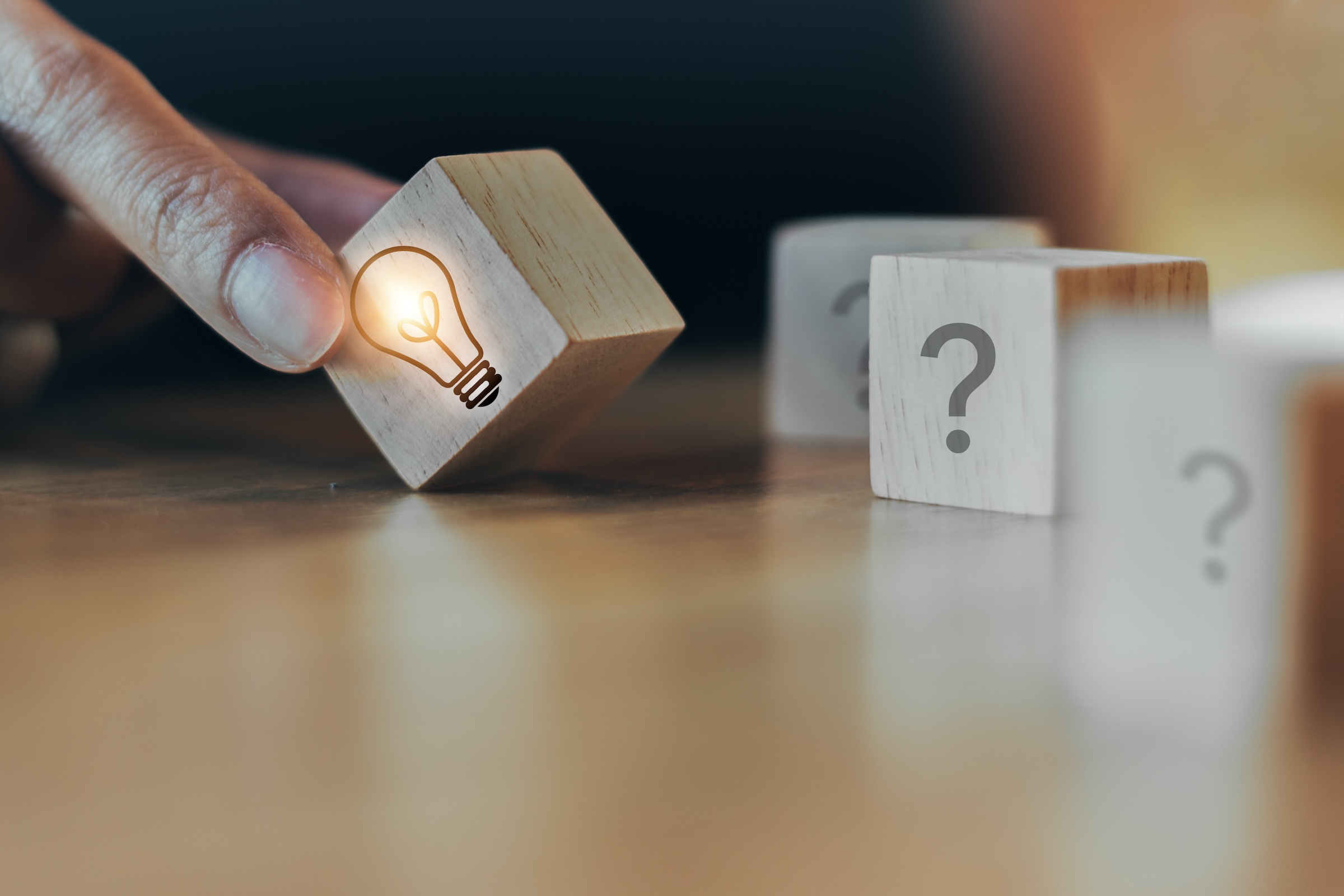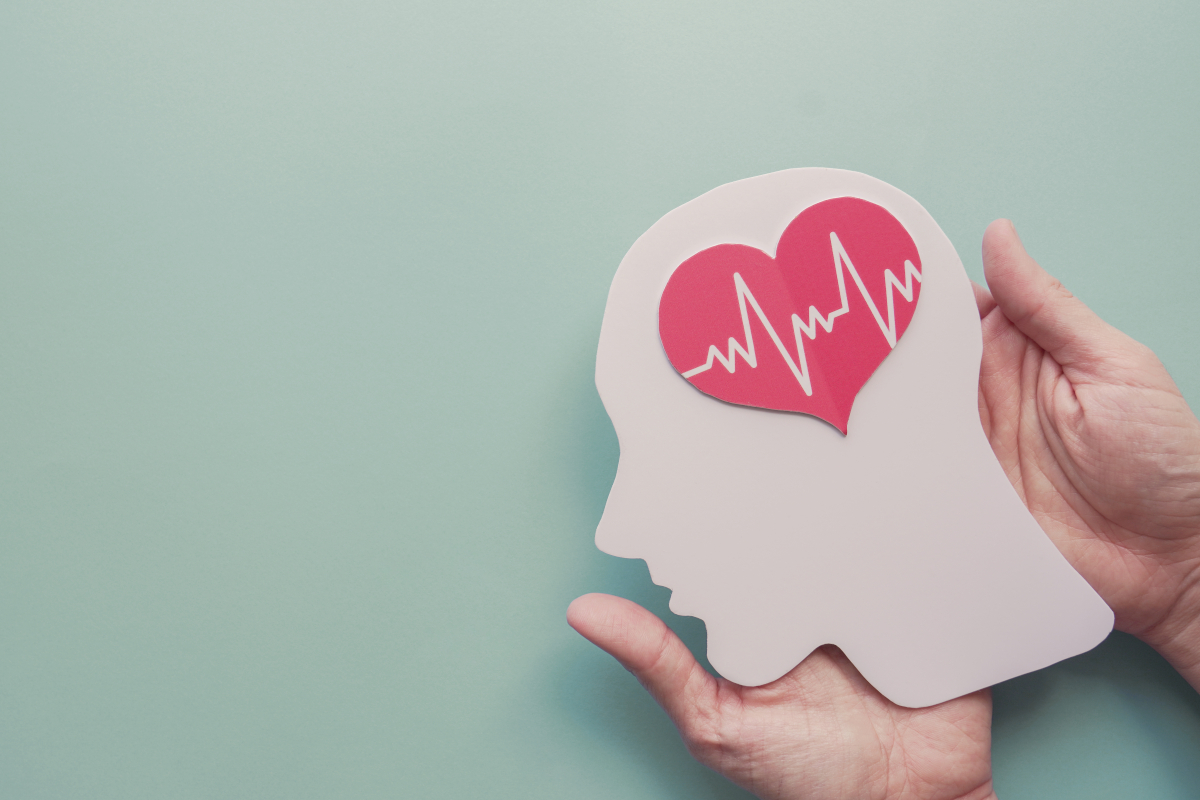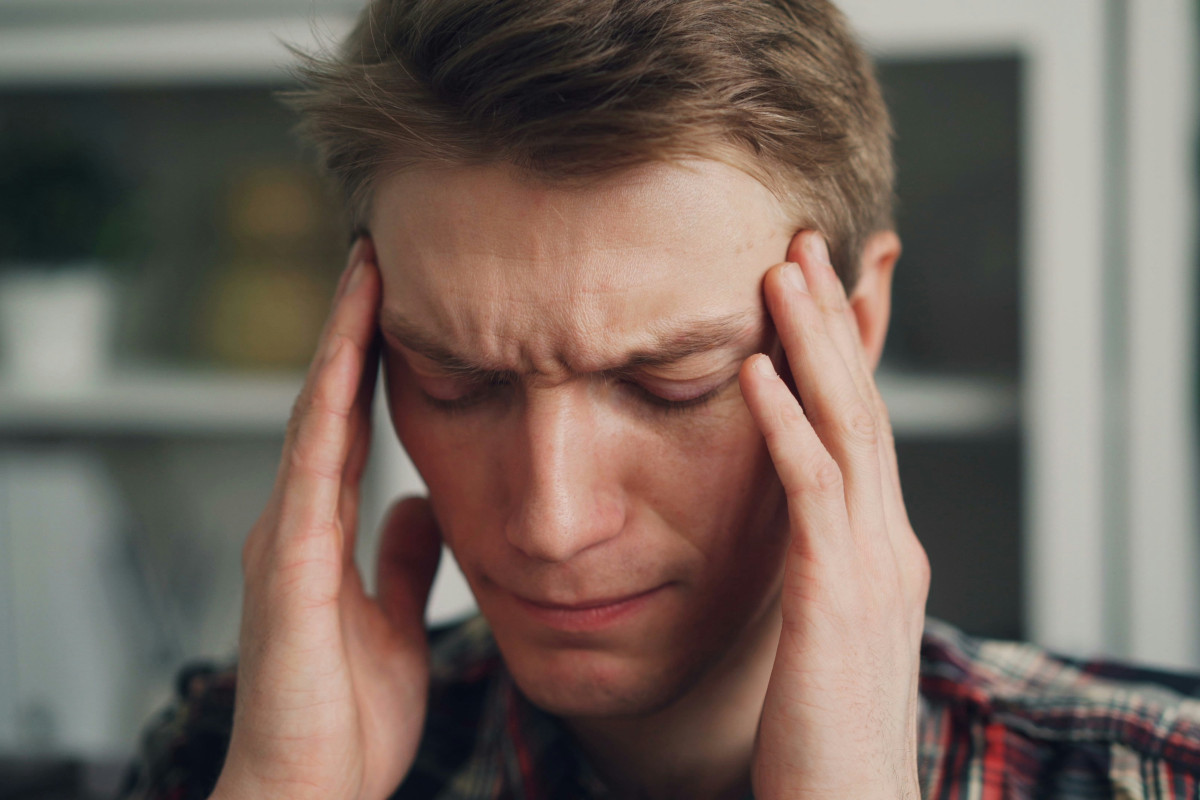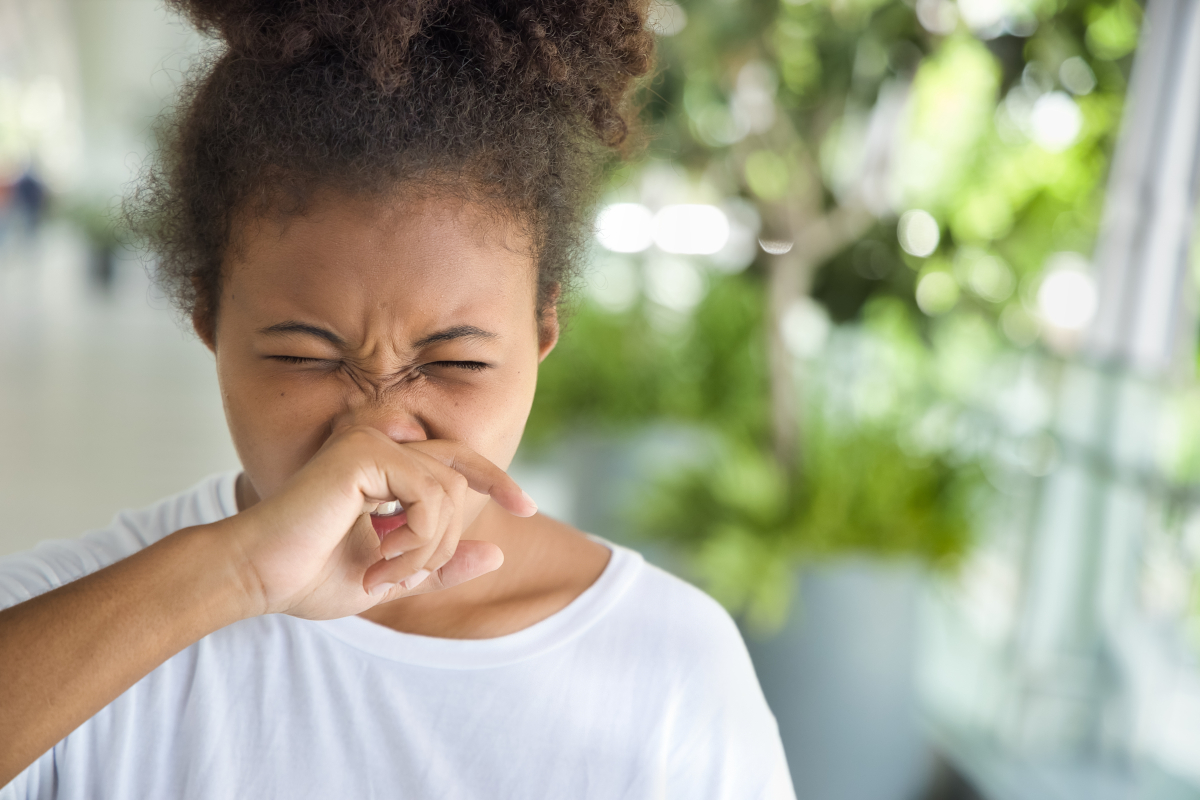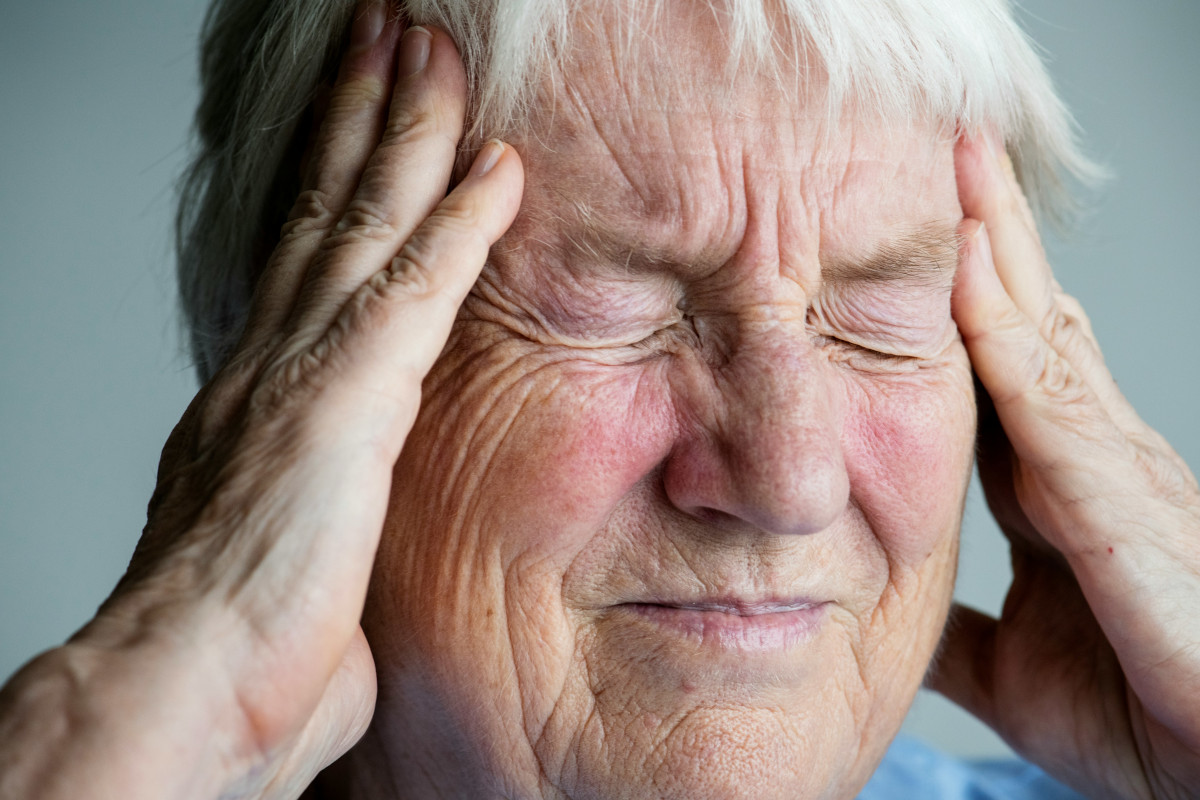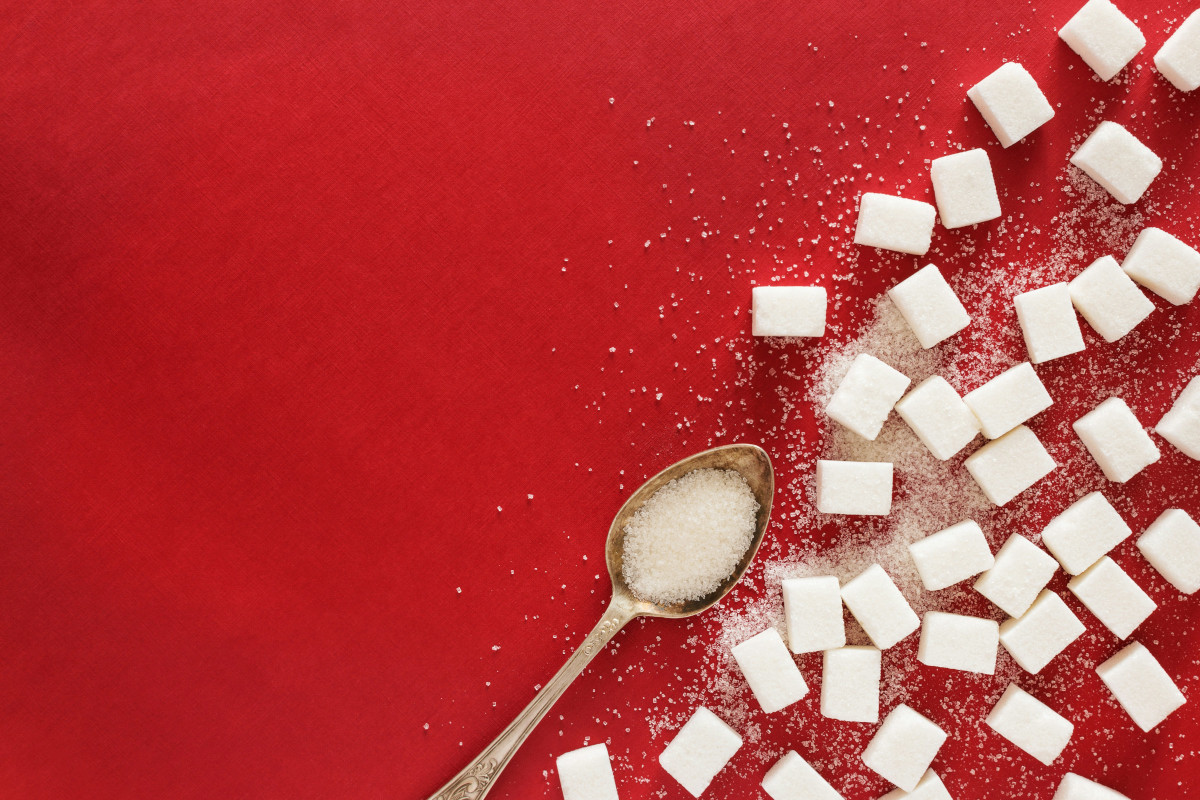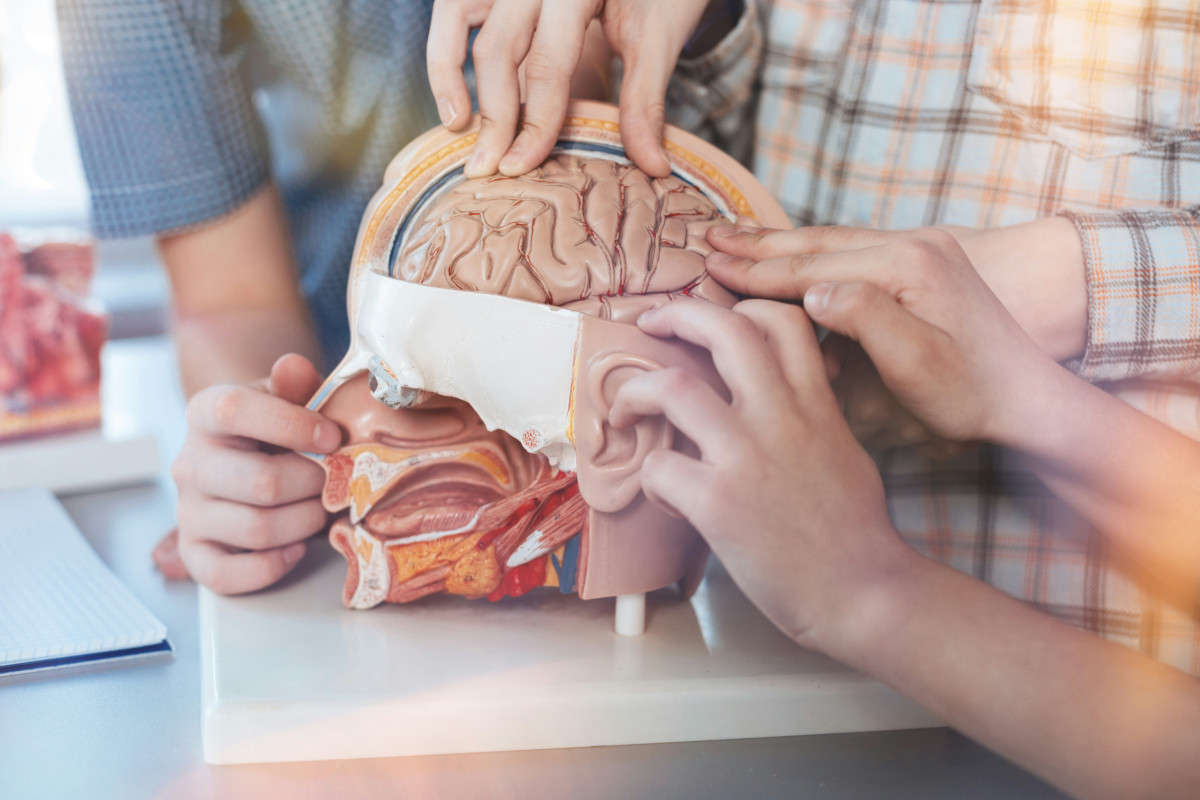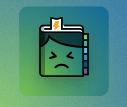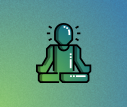Relaxation: a key part of headache prevention
“An anxious mind cannot exist in a relaxed body”
Edmund Jacobson, physician and psychologist
A holistic approach to migraine and other types of headache encompasses a variety of methods. Medication is only one of them. Behavioral medicine approaches are effective treatment weapons. In-depth studies that meet scientific standards now provide proof that these methods work. And more and more patients are choosing behavioral methods as a non-drug treatment option.
-
References
Bernstein, E.A., & Borkovec, T.D.: Progressive relaxation training: A manual for the helping professions, Champaign, IL: Research Press, 1973
Chaudhuri A, Ray M, Saldanha D, Bandopadhyay A. Effect of progressive muscle relaxation in female health care professionals. Ann Med Health Sci Res. 2014 Sep;4(5):791-5. doi: 10.4103/2141-9248.141573.
Espi-Lopez, G. et al.: Effectiveness of Physical Therapy in Patients with Tension-type Headache: Literature Review, J. Jpn. Phys. Ther. Assoc. 17, 31-38, 2014
Gewirtz A, Minen M. Adherence to Behavioral Therapy for Migraine: Knowledge to Date, Mechanisms for Assessing Adherence, and Methods for Improving Adherence. Curr Pain Headache Rep. 2019 Jan 19;23(1):3. doi: 10.1007/s11916-019-0739-3.
Göbel et al.: The epidemiology of headache in Germany: a nationwide survey of a representative sample on the basis of the headache classification of the International Headache Society, Cephalalgia 14, 97-106, 1994
Hyman RB, Feldman HR, Harris RB, Levin RF, Malloy GB. The effects of relaxation training on clinical symptoms: a meta-analysis. Nurs Res. 1989 Jul-Aug;38(4):216-20.
Jacobson, Edmund: Progressive Relaxation, The American Journal of Psychology, Vol. 36, No. 1 (Jan. 1925), pp. 73-87, University of Illinois Press
Larkin, K.T. et al.: Predicting treatment outcome to progressive relaxation training in essential hypertensive patients, J. Behav. Med. 13 (6), 605–618, 1990
Lefèvre H, Stheneur C, Cardin C, Fourcade L, Fourmaux C, Tordjman E, Touati M, Voisard F, Minassian S, Chaste P, Moro MR, Lachal J. The Bulle: Support and Prevention of Psychological Decompensation of Health Care Workers During the Trauma of the COVID-19 Epidemic. J Pain Symptom Manage. 2021 Feb;61(2):416-422. doi: 10.1016/j.jpainsymman.2020.09.023. Epub 2020 Sep 19.
Merakou K, Tsoukas K, Stavrinos G, Amanaki E, Daleziou A, Kourmousi N, Stamatelopoulou G, Spourdalaki E, Barbouni A. The Effect of Progressive Muscle Relaxation on Emotional Competence: Depression-Anxiety-Stress, Sense of Coherence, Health-Related Quality of Life, and Well-Being of Unemployed People in Greece: An Intervention Study. Explore (NY). 2019 Jan-Feb;15(1):38-46. doi: 10.1016/j.explore.2018.08.001. Epub 2018 Aug 20.
Schaetz L, Rimner T, Pathak P, Fang J, Chandrasekhar D, Mueller J, Sandor PS, Gantenbein AR. Employee and Employer Benefits From a Migraine Management Program: Disease Outcomes and Cost Analysis. Headache. 2020 Oct;60(9):1947-1960. doi: 10.1111/head.13933. Epub 2020 Aug 16.
Schramm, S. et al.: The association between stress and headache: A longitudinal population-based study, Cephalalgia 35 (10), 853-863, 2015
Sheu, S. et al.: Effects of progressive Muscle Relaxation on Blood Pressure and Psychosocial Status for Clients with Essential Hypertension in Taiwan, Holist. Nurs. Pract. 17 (1), 41-47, 2003
Siahbalaee, R. et al.: Effects of Muscular Relaxation on Anxiety Level and Pain Severity in Women with Tension Headaches, International Research Journal of Management Sciences. Vol., 3 (4), 148-153, 2015
Trahan, Donald Everett, M. S: Biofeedback and progressive relaxation in the treatment of muscle tension headaches: a comparison, Dissertation, North Texas State University, Denton, Texas, USA, December 1979
Wallbaum, A.B. et al.: Progressive muscle relaxation and restricted environmental stimulation therapy for chronic tension headache, Int. J. Psychosom. 38 (1–4), 33–39, 1999
Zebenholzer, K. et al.: Reliability of assessing lifestyle and trigger factors in patients with migraine – findings from the PAMINA study, Eur. J. Neurol. 23 (1), 120-126, 2016
Zhang M, Murphy B, Cabanilla A, Yidi C. Physical relaxation for occupational stress in healthcare workers: A systematic review and network meta-analysis of randomized controlled trials. J Occup Health. 2021 Jan;63(1):e12243. doi: 10.1002/1348-9585.12243.

